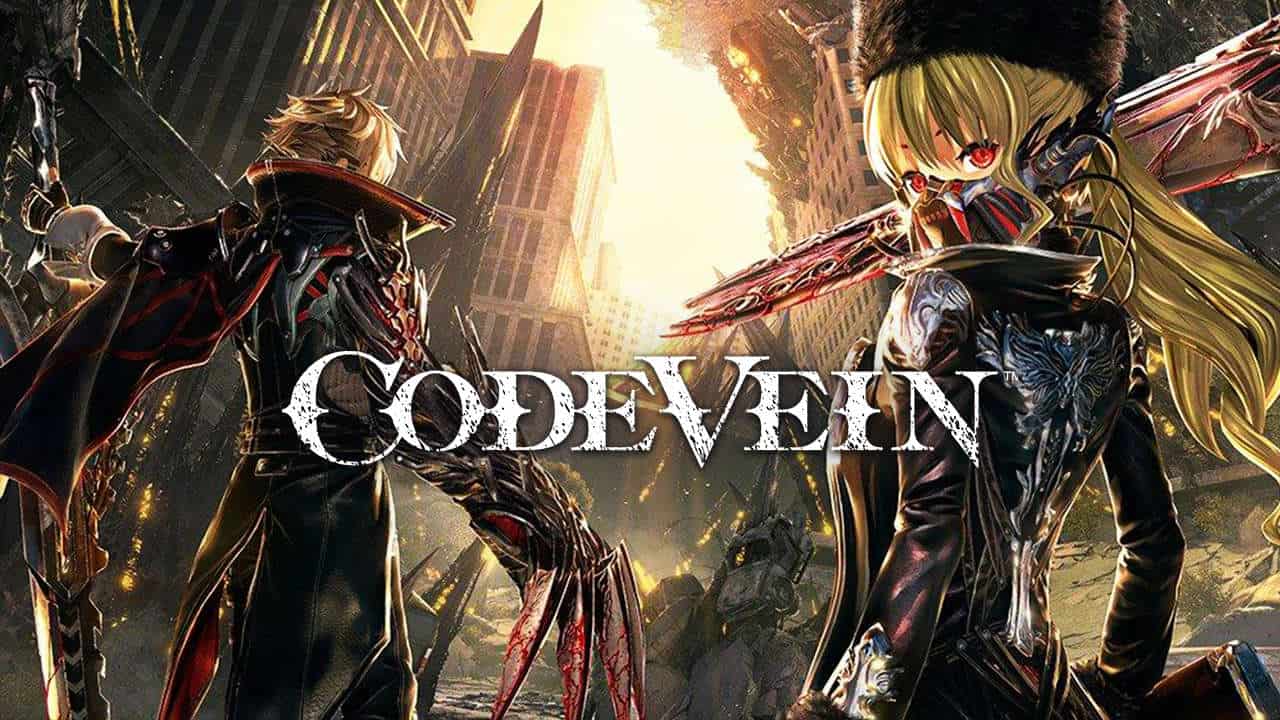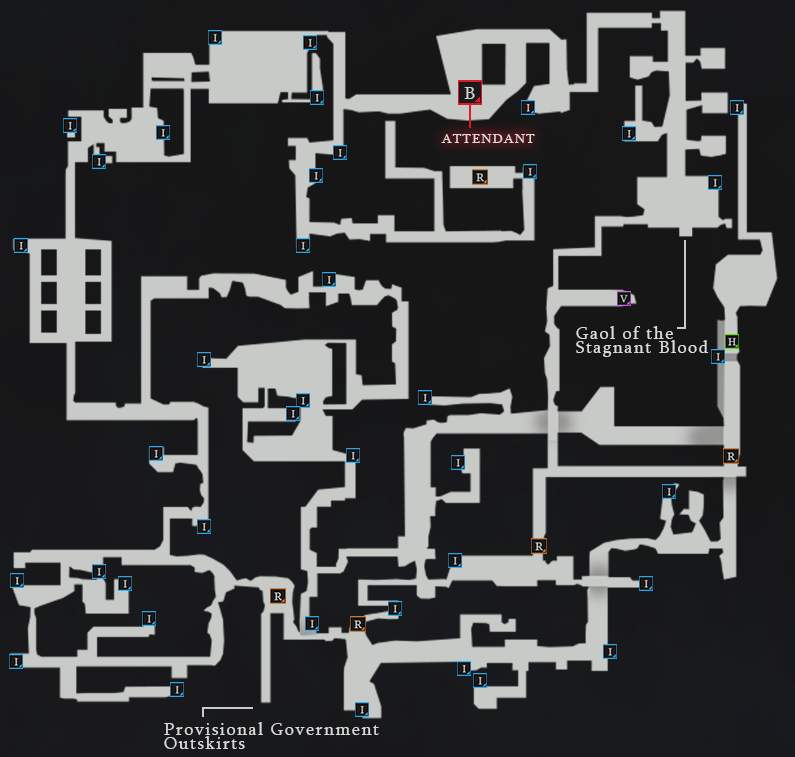
I personally changed them depending on the area I was in, as well as if I did level exploration or was about to start a bossfight. Since you can change them instantly they are fun to play around and experiment with, until you find the ones that are suited best for your playstyle. The Blood Codes – which is the system that directs which weapon and magic ability choices you have – can be swapped and leveld individually. Here’s the thing: You can change your class seamlessly whenever you want, wherever you want. You can either tank your way through enemies with a broadsword, cut through them in hack-and-slash fashion or buff your magic skills and whittle them down from afar. (You can instead also opt to only get only half of it back when you return to base and in true anime style take a bath in a hot spring.)ĭepending on what magic and weapon class you choose, your gameplay approach changes rapidly. In soulslike fashion you drop your currency when your character dies and have to retrieve it before a second death, or it’s lost forever.
#Code vein map software#
Code Vein is much more forgiving than it’s From Software brethren but it doesn’t grant you progression that easily. Ultimately, this makes this game more approachable to players that want a bit less of a gruelling challenge. Reaching this goal definitely feels easier than in other soulslike games but the boss-fights still prove to be a real threat. In each area there is a boss waiting to be bested. It just means that sometimes it’s more convenient to get through the levels by uncovering your map instead of actually exploring the environment, especially since the map also shows treasures and collectibles once you reveal it. That doesn’t mean that you don’t get accomplished when you figure out a loop, get out of a maze-like environment or manage to find your next mistle (which is your resting and saving point).

Loading zones are tunnels you walk through and the individual areas are so disconnected in how they look that any form of realism is lost pretty early on. The art direction is mediocre to decent, some environments look bleak, others are almost hopeful and radiant, but sadly they mostly are generic. They try to sell you this big, connected world: it’s not. Here are some pictures of my main character Zayne:Ĭode Vein’s level design is not great. You can polish your character as much as you like and turn your Revenant into a truly individual looking protagonist. You have a huge amount of menus for the face-up alone. While it doesn’t give you that many clothing options, the amount of different styles and colors you can choose and pick from is insane and worthy of praise. The character building tool the game gives you is not only robust, you can put hours into it alone. That brings us to the character creation: This feature deserves a shoutout. This works especially well if you’re a weeb and are itching to play through the most convoluted and absurd anime story with your self made protagonist. Sadly not all characters have the same level of depth to them, yet they are overall well designed and mostly feel diverse enough to get you engaged and entertained. Code Vein’s story is captivating at parts, especially in the more emotionally strong character arcs. You team up with a quirky set of Revenants and fight together to escape your never-ending nightmare. This story is more campy and melodramatic than thoughtful. However, if the inhabitants of this world give in too far, they get turned into one of the ghoulish Lost, cursed to wander alone forever with nothing remaining but endless hunger and bloodlust.


In exchange for memories and the thirst of blood the Revenants are blessed with Gifts. The final stronghold, Vein, is where the vampiric survivors fight for their humanity. The Set-Up of Code Vein’s story is this: You play a Revenant in the last standing society after a mysterious disaster brought the world to collapse.


 0 kommentar(er)
0 kommentar(er)
